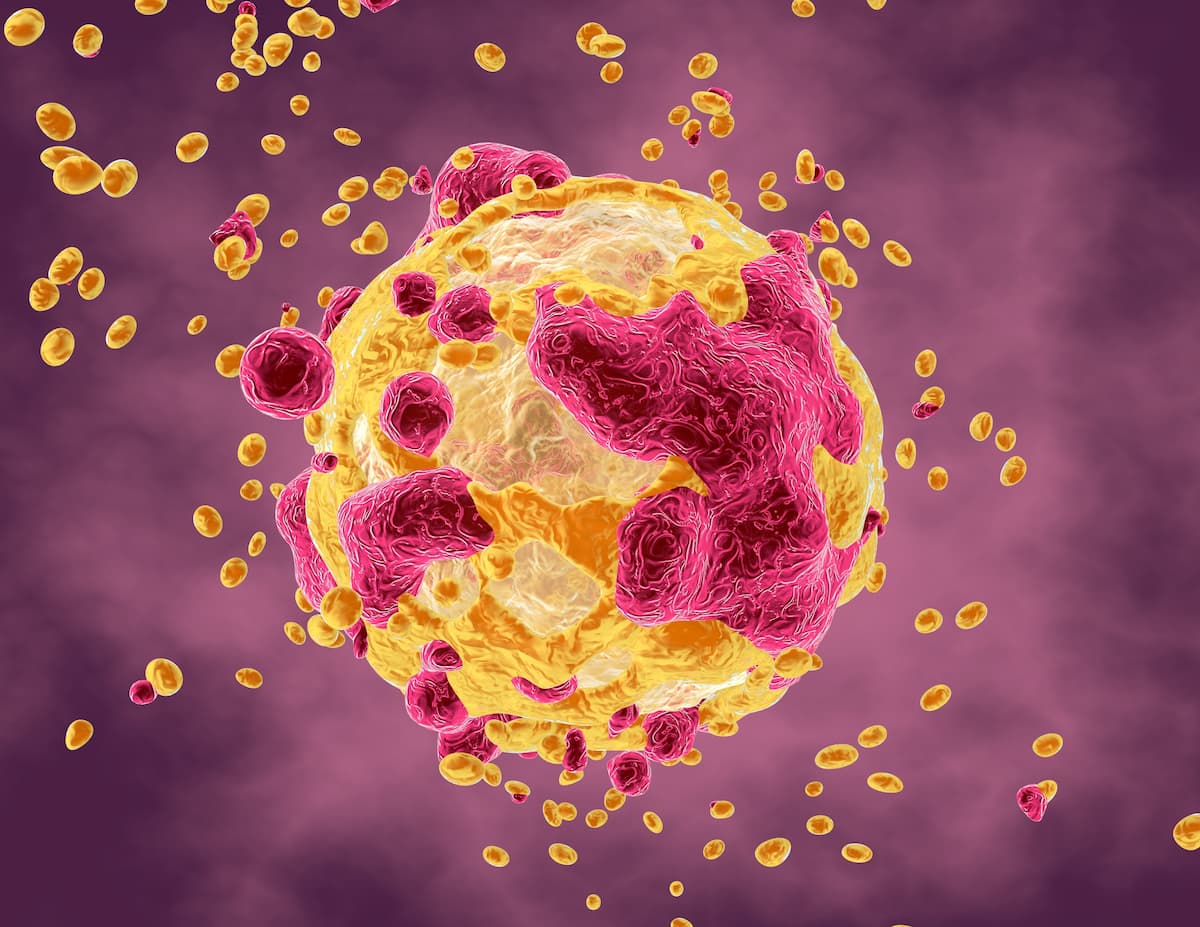FDA Accepts Remestemcel-L BLA Resubmission for Pediatric Acute GVHD
The FDA initially issued a complete response letter for remestemcel-L in pediatric steroid-refractory acute graft-versus-host disease in October 2020, citing a need for an additional randomized, controlled trial to confirm the agent’s efficacy.
The FDA has accepted a resubmitted biologics license application for remestemcel-L as a treatment for pediatric patients with steroid-refractory acute graft-versus-host-disease (SR-aGVHD), according to a press release from Mesoblast Limited.1
"We look forward to working closely with the [FDA] over the review period with the aim to make remestemcel-L available as a therapy for [pediatric] SR-aGVHD," according to the manufacturers of remestemcel-L.

The regulatory organization has considered the resubmission to be a complete response and has set a Prescription Drug User Fee Act date of August 2, 2023 for remestemcel-L.
The manufacturers of remestemcel-L previously resubmitted their biologic license application to the FDA in February 2023, which contained additional data.2 The resubmission followed a complete response letter from the FDA in October 2020, which requested data from at least 1 other randomized, controlled study affirming the agent’s efficacy in SR-aGVHD.3
The resubmitted application for remestemcel-L contained long-term survival data from a phase 3 trial (NCT02336230) with 4 years of follow-up. In a group of pediatric patients with predominantly grade C or D disease, 63% receiving remestemcel-L survived after 1 year, and 51% survived after 2 years.
Additionally, the resubmission contained new outcome data on the agent's activity in high-risk disease by propensity-matching patients in the phase 3 trial and controls from the Mount Sinai Acute GVHD International Consortium (MAGIC) database who were stratified based on biomarkers. In the trial, 67% of pediatric patients with high-risk disease responded positively to remestemcel-L within 28 days and were alive after 180 days compared to 10% of control patients receiving other therapy in the MAGIC group.
The resubmission also highlighted data on the validated potency assay, primary mechanism of action, and in vivo bioactivity related to remestemcel-L. It also contained clinical data prospectively related manufacturing changes that were put in place during development and improved survival outcomes of pediatric patients via expanded access.
Moreover, the validated potency assay highlighted low variability and showed consistency and reproducibility in relation to manufacturing.
“Over the last 2 years we have worked tirelessly to address the issues previously raised by FDA,” Silviu Itescu, MBBS, FRACP, chief executive officer at Mesoblast, said in the press release. “We look forward to working closely with the Agency over the review period with the aim to make remestemcel-L available as a therapy for [pediatric] SR-aGVHD.”
Treatment with the investigational remestemcel-L consists of a series of intravenous infusions and comprises culture expanded mesenchymal stromal cells derived from the bone marrow of an unrelated donor. Manufacturers hypothesize that the agent has immunomodulatory properties to counteract the inflammatory processes related to SR-aGVHD by down-regulating the production of pro-inflammatory cytokines, increasing production of anti-inflammatory cytokines, and enabling naturally occurring anti-inflammatory cells to involved tissues.
Investigators of the single-arm, phase 3 trial administered remestemcel-L intravenously at a dose of 2 x 106 mesenchymal stromal cells/kg twice a week for 4 consecutive weeks in pediatric patients with SR-aGVHD.
The primary end point of the trial was overall response rate. Secondary end points included overall survival stratified by responder status, organ involvement, and baseline aGVHD grade.
Patients 2 months to 17 years old with grade B to D aGVHD requiring corticosteroid systemic therapy were eligible for enrollment on the trial. Additional inclusion criteria included having adequate renal function and a Karnofsky or Lanksy performance status of at least 30.
References
- FDA accepts Mesoblast’s resubmission of the biologic license application for remestemcel-L in children with steroid-refractory acute graft versus host disease as a complete response and sets goal date of August 2, 2023. News release. Mesoblast Limited. March 8, 2023. Accessed March 8, 2023. bit.ly/3ZM6qFi
- Mesoblast resubmits biologic license application (BLA) to FDA for remestemcel-L in children with steroid-refractory acute graft versus host disease (Sr-aGVHD). News release. Mesoblast Limited. January 31, 2023. Accessed March 7,2023. yhoo.it/3jvB7Pp
- Mesoblast receives complete response letter from the FDA for biologics license application for steroid-refractory acute graft versus host disease in children. News release. Mesoblast Limited. October 1, 2020. Accessed March 7, 2023. bit.ly/3l4RjI3